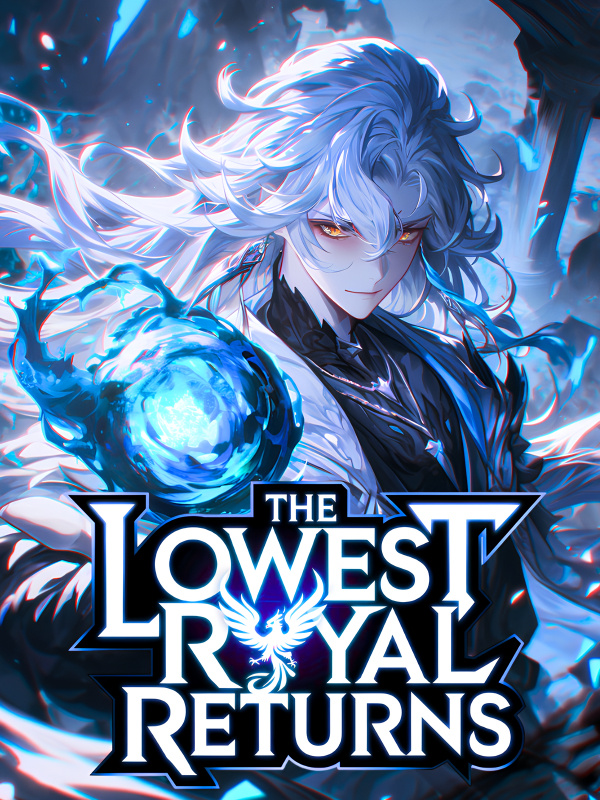©Novel Buddy
National Forensic Doctor-Chapter 974 - 910: It Makes Sense
Chapter 974: Chapter 910: It Makes Sense
Wang Chuanxing made a photocopy of Jiang Yuan’s paper on the estimated age at death and distributed it to several experts for review.
Professors Sun, Li, and Zhang drew on the paper, divided it into three sections, and then each set up their own workstations to verify the findings.
They were very familiar and accustomed to reviewing the work of others and providing evaluations.
Despite this, the three were very cautious and careful.
Estimating the age at death is a very difficult and valuable academic problem. Moreover, the estimation of age at death is closely related to the development and application of science and technology.
In other words, it is normal to make mistakes, and even more normal for discrepancies to occur.
To reduce errors and avoid mistakes, everyone naturally uses various methods and tries different schemes. A typical approach, for example, is using a more fitting regression equation.
Regression equations are not secret martial art techniques; they are more of statistical results, and are generally public—yet, they are somewhat like martial art techniques since scholars might keep effective regression equations to themselves for personal use. Especially today, with the increase in horizontal commercial projects, even if scholars want to publicize newly developed regression equations, commercial companies might not be pleased.
On the other hand, the most important part of regression equations is not the equations themselves, but the prerequisites; that is, under what conditions which regression equations should be used. frёewebnoѵēl.com
This aspect is also very much like martial art techniques. The same regression equation might be very suitable for Caucasians, or even more specifically for the Caucasian race, and if you use it for the Mongoloid race, assessing its effectiveness, whether adjustments are needed, or if a coefficient should be added and where, then it becomes a matter of great complexity and similar to secret martial art techniques.
Moreover, a regression equation suitable for estimating age based on the nasal bones of Mongoloid individuals might not necessarily be accurate for all Mongoloid individuals, as the Mongoloid race includes multiple language families like the Sino-Tibetan, Uralic, Mongolic, Tungusic, Eskimo-Aleut (ancient Siberian languages), South Asian, Indonesian, Native American, and Polynesian language families. Even just the facial characteristics of Chinese people alone have seven major classifications, including the Bohai Bay type, North China type, Northwest type, Zhongyuan type, Miao Yao type, Hundred Yue type, and North Asia type. (Note)
Additionally, the temperature and humidity of the area where the body was found, the altitude, whether above ground or underground, and the classification of local insects or microorganisms all affect the statistical outcome.
Thus, making a rough estimation is easy, using any common regression equation, but achieving accuracy and meticulous detail in the process is extremely challenging.
At the very least, one must first discern various attributes of skeletal remains and then find the appropriate regression equation. If no suitable equation exists, one might need to develop one, and the actual use and computation are the least valuable parts.
For Professors Sun, Li, and Zhang, mastering and adeptly using these common regression equations is not a problem. Making judgments about the corpse’s ethnicity or environment is basic.
But refining these estimations further will inevitably encounter bottlenecks.
The three started with several bones they were confident about but began to hesitate as they calculated.
Each skeleton had its own unique conditions. After finishing the ones they were familiar with, the rest required... consulting books.
Professor Sun took the lead, saying "I’ll check," and asked his student to bring over his laptop.
Seeing this, Professors Li and Zhang no longer held back. They all brought out their laptops and tablets, or sent messages to their lab students to send over the necessary regression equations.
Anthropological regression equations are usually composed of six to seven, or even dozens of equations in a set. Commonly used equations might be memorized, but less common ones typically rely on lookups. Especially for professors, who rarely calculate themselves daily, even if they remember some, they’re not confident enough to use them directly for fear of making errors.
However, academics don’t really mind not being able to memorize equations; all three still focused their full efforts on verifying the age at death.
There are many skeletons in Yong King’s Great Tomb, but the situation is complicated. The most important body of Yong King was found in a coffin, the Princess Consort was buried later, and the conditions inside the tomb had changed. The remaining skeletons, whether in coffins or not, differed. Additionally, the tomb had been robbed, although not extensively, just exposing some skeletons prematurely.
For anthropologists, this series of changes is like a problem that keeps getting tougher.
Even just verifying, because Jiang Yuan provided a very small age range, made their heads hurt and feel feverish from the calculations.
Click click click click.
The printer kept making noises.
"Professor Li," Wang Chuanxing handed another sheet of paper to the nearest professor, saying, "This is the death age determination that Captain Jiang just completed."
"Ah, another... another ten?" Professor Li glanced over and found it unbelievable.
But to say Jiang Yuan was doing it carelessly, he lowered his head to look at the several corpses he had examined and obviously could not say that.
"How about your side?" Professor Li whispered to the other two.
"On my end, the check went fine, just a discrepancy of one or two years at most, and each person’s numbers differ slightly." Professor Zhang said.
Professor Sun took out his phone and said, "Let me ask my students... yes, their checks were all correct."
Professor Li raised his eyebrows and distributed the ten new numbers to the three of them. He randomly selected a body’s number and age, looked at the photos and the data collected from the scene, and started rechecking.
Naturally, the results matched.
At this point, Professor Li felt that he had used his brain too much and simply laughed. He pushed the notebook in front of him away, saying, "Professor Tao has found us strong support."
"That’s because you haven’t had contact with Jiang Yuan and have little interaction with the criminal investigation circles," Tao Yajie laughed heartily and said, "Doctor Jiang specializes in solving major cases using anthropology; I don’t know how many times."
"No wonder, those in criminal investigations like to aim for precision, right?" Professor Li found a reason for himself.
Jiang Yuan then looked up and smiled, saying, "Not necessarily. Accuracy is always paramount, and if there’s no urgent need, we generally aim to be error-free as the basic requirement."
"That’s right," Professor Li subconsciously echoed Jiang Yuan’s words, but upon reflection, suddenly sensed a taste of irony.
You aimed for the most basic requirements, yet you have pinpointed the death age of the corpse to the exact year?
From the perspective of anthropology, this could almost be considered bragging.
"Just give me a few more minutes." Jiang Yuan didn’t seem in the mood to chat, after saying a few words, he lowered his head and got busy again.
In less than 10 minutes, Jiang Yuan handed another A4 sheet to Wang Chuanxing and then smiled, saying, "With this, the determination of death age is completed. What’s next?"
The three distracted professors looked up involuntarily.
"All the determinations of death age are finished," the three didn’t know how to express themselves.
Actually, if any of the experts had been in any fingerprint, forensic, or trace evidence groups, they would never argue with Jiang Yuan about the determination of death age.
Jiang Yuan’s Level 6 death time determination, while not omniscient nor perfectly matched for death age determination, coupled with Level 3 in forensic anthropology, is still overwhelmingly superior. Compared to typical experts maxing out at Level 3, he is utterly unstoppable.
"Next, I will perform the determination of the cause of death," Jiang Yuan assigned himself the task, which was undeniably reasonable.
The three professors unconsciously nodded their heads.




![Read The Royal Military Academy's Impostor Owns a Dungeon [BL]](http://static.novelbuddy.com/images/the-royal-military-academys-impostor-owns-a-dungeon-bl.png)


